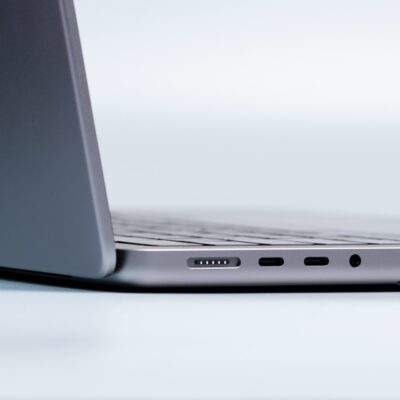Turing award winner Herbert A. Simon did extensive studies on how people solve problems. He also studied how businesses take decisions. These studies were partly aimed at building computer that could solve problems and take business decisions.
Simon wrote a book called The Sciences of the Artificial, in which he said:
[. . .] exact solutions to the larger optimization problems of the real world are simply not within reach or sight. In the face of this complexity the real-world business firm turns to the procedures that find good enough answers to questions whose best answers are unknowable.
The Sciences of the Artificial, Herbert Simon, 1981
In these lines Simon stated a simple fact. The fact is that real life problems are unlike mathematical problems. We never know the best solution to a real-life problem. Most people consider the pros and cons of a few solutions (to different degrees) and then settle for one.
Then Simon described two personality types depending on how much due diligence they do.
Satisficers and Optimizers
Think about how you pick a parking spot in a crowded space? Do you scan the entire space and pick the best one available? I don’t know of anyone who does this. Most people park in the first empty spot that they find. A good enough solution.
When we solve problems like this, we are acting like satisficers, a term Simon coined himself. Many people tackle most of their problems in this manner.
On the opposite end of the spectrum are optimizers. This is that friend of yours who spends weeks studying different models before buying a phone. Optimizers are cautious while making decisions. They don’t like the idea of not considering some important aspect.

So, who innovates better?
Ideal satisficers cannot become good innovators. They don’t actively look for possibilities and settle for what is obvious or available.
Ideal optimizers, however, are also not great innovators! Their tendency for analysis can keep them stuck indefinitely. They are slow in making progress.
A balance between works the best.
This means: to innovate, come up with a reasonable number of viable solutions, say six. Then stop looking. Pick one which seems best and try it. Then iterate based on what you learn while trying.
This way, you will not get stuck in analysis, nor will you settle for poor solutions.
There is more we are going to write about this ‘iteration’ in the next few articles. To make sure you don’t miss them, subscribe to our newsletter:
P.S. Cover Photo by Milad Fakurian on Unsplash


